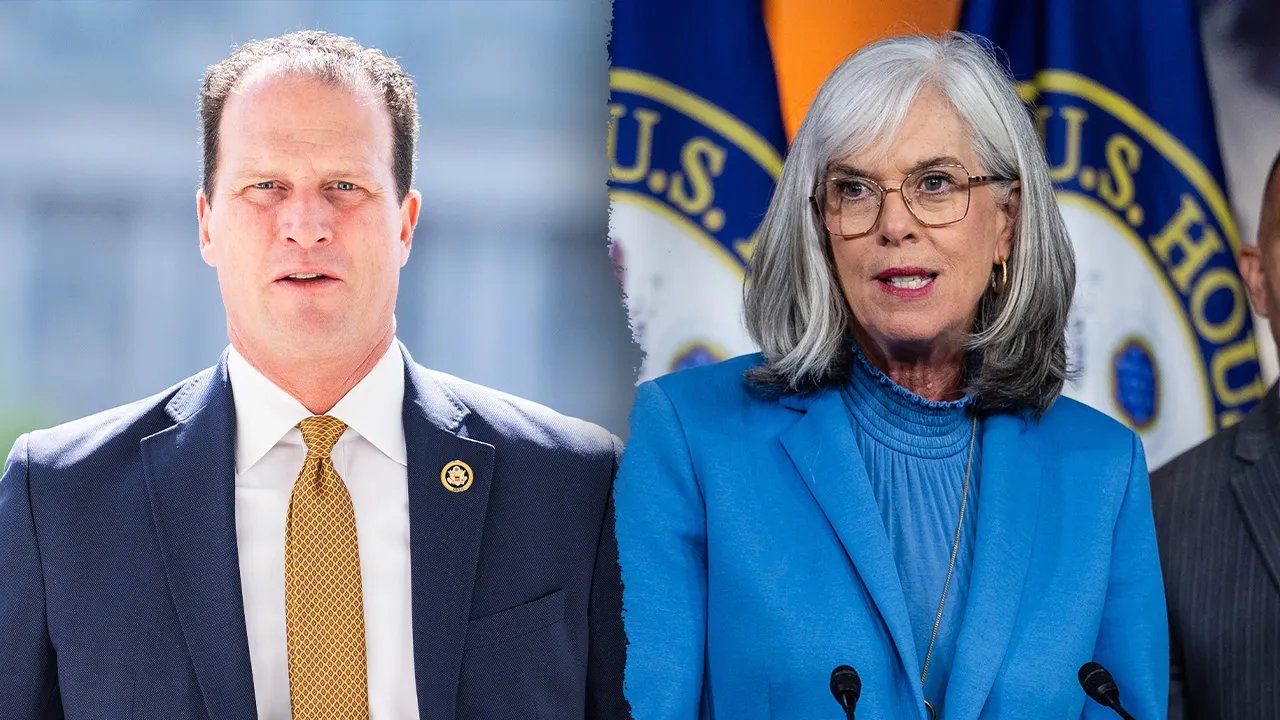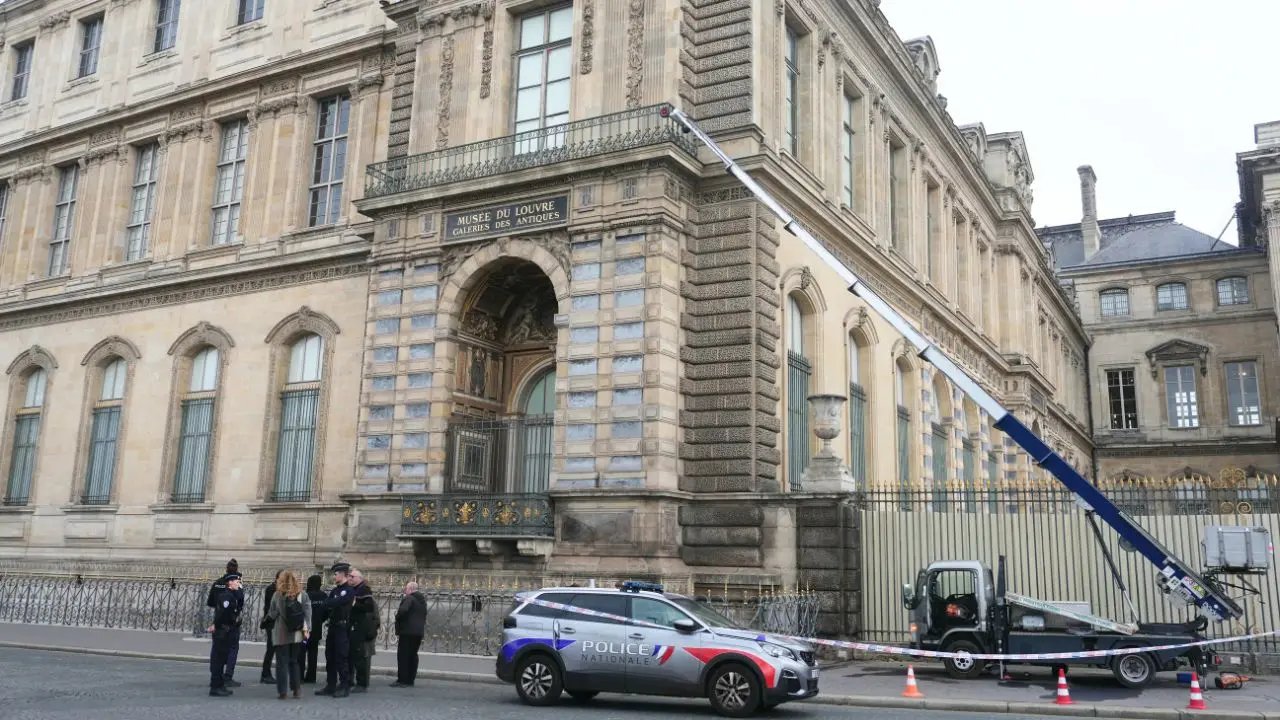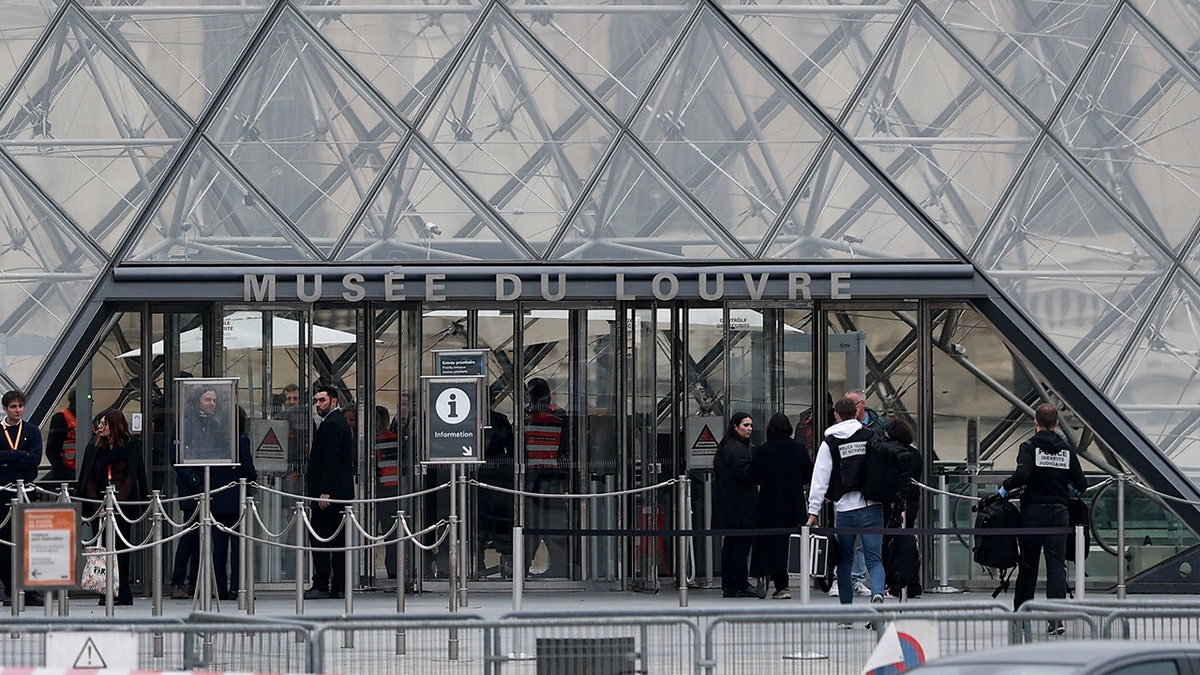INTERNACIONAL
El turista que rompió la “silla de Van Gogh” no es vándalo, es artista

Un hombre va a Museo, mira las obras pero no alcanza, mirar no alcanza, hay que documentar, no para mostrarles a otros lo que se ve -hay tantas fotos de las obras online sacadas por buenos fotógrafos- sino para mostrarse allí, no para mostrar la obra sino al espectador. Un hombre va al museo y se quiere sacar una foto con una obra como si fuera una estrella de rock. No sabemos si se ha parado a pensar, a sentir, a entender la obra. Ni él, ni cada uno de nosotros, que hacemos lo mismo. Quizás lo haya hecho, quizá no, pero quiere la foto. Y eso implica una proximidad tal vez no prevista en la obra, o por lo menos no en cualquier obra.
De pronto algo sale mal: la obra es frágil, el espectador tropieza y, ay, la obra se rompe. El incidente ocurrió hace unos días en el museo Palazzo Maffei de Verona, en Italia, y fue un escándalo. La obra en cuestión se llamaba Silla de Van Gogh, una escultura cubierta de cristales Swarovski diseñada por el artista Nicola Bolla en 2022. Por supuesto, la silla de Bolla hace alusión a otra silla, que sí pintó Van Gogh en un cuadro que hoy está en Londres.
El museo demandó al turista. El artista, en cambio, dijo que era “un gesto estúpido (…)” pero que también veía “un lado positivo y artístico”. Y, claro. Alguien que hace arte no puede sino pensar qué significados tiene lo que hizo y lo que pasó con su obra. Pero vamos despacio.

Por lo menos, desde que alguien -solía decirse que Marcel Duchamp, pero ya no estamos seguros- presentó un mingitorio como una obra de arte, las ideas sobre qué decimos cuando a hablamos de arte empezaron a cambiar. Y el arte ya no fue -o tal vez nunca lo haya sido- algo lindo para colgar en el living sino, como decía el crítico ruso Víktor Shklovski, un estímulo para “desautomatizar la mirada”. Desautomatizar la mirada, en fin, es una forma de volver a ver lo que, a fuerza de repeticiones y estereotipos, en la práctica es invisible. Eso pretende hacer el arte. No mimarnos; sí incomodarnos, despertarnos, hacer que valga la pena percibir, hacernos volver a percibir.
El arte es algo cuando nos habla de nosotros, cuando nos toca el corazón y/o nos sacude las neuronas, cuando nos cuenta algo que nos importa. Si no, ¿para qué pasar el tiempo entre pasillos llenos de pinturas cuando viajamos a una ciudad lejana. ¡Con todo lo que hay para ver en las calles!

En estos tiempos de imágenes sin fin y, más, de imágenes virtuales, las obras de arte, las obras famosas, se han convertido en estrellas no solo por lo que muestran sino también por lo que son. Son algo único, valioso, real. Ya lo dijo el filósofo Walter Benjamin, en la década del 30, cuando ni fotocopiadoras había. La obra, sostenía, tenía singularidad irrepetible, una suma de autenticidad, historia y contexto, lo que él llamaba un “aura”. La obra es única. ¿Y sus reproducciones? Buenos, aunque muchos no podamos distinguir el original de una buena copia, las reproducciones no tienen esa aura. No hay a su alrededor equipos de seguridad, no se va a un lugar especial para verlas, esas cosas. Cuanto más cualquiera puede producir algo idéntico al original, más única es la experiencia de ver “la obra”. Por eso las eligieron grupos ecologistas como blancos de “atentados”: sin matar a nadie apuntaban a algo sagrado. A los guardianes de la experiencia del mundo real.
Sin querer, al intentar sentarse en la silla el turista cruzó una línea, la misma de la que se burló René Magritte cuando dibujó una pipa y escribió debajo: “Esto no es una pipa”. Porque, claro, eso no era una silla, era una obra de arte. Por eso -para señalar que lo era- no estaba apoyada por ahí sino instalada en una tarima.

Pero cruzar las líneas entre qué es arte y qué no lo es ha sido una de las tareas del arte contemporáneo. Recuerdo hace años, en la Bienal de Venecia, cuando entré a un pabellón y una señora gateaba por todo el salón mientras una rueda a su alrededor la mirada interesada. Así, difíciles de descifrar, son a veces esas formas del arte llamadas “performances”. De pronto, la señora se chupó el dedo, lo pegó al piso y se levantó triunfante: “¡Encontré el lente!”.
Pero, entonces, ¿qué es una obra de arte? O mejor: ¿qué hace? Podríamos pensar que Nicola Bolla, al llevar a los cristales la silla de Van Gogh nos habló de la fragilidad del artista holandés. Así lo percibimos a Van Gogh, ¿no? Más frágil que el cristal. Alguien se acercó demasiado y, crash.
También podemos entender que lo que quiso hacer Bolla fue mostrar en qué se ha convertido la obra de Van Gogh: del retrato de una humilde silla de paja, el material más común y más rústico del mundo, a cristales delicados, finos, caros. ¡Qué otro mundo que el de Van Gogh este de la millonada que llegaron a costar sus obras (en 1990, el Retrato del doctor Gachet fue vendida por 82,5 millones de dólares). Paja versus cristales de marca. Se entiende.
Eso podía querer decir la obra de Bolla. Pero ahora, destrozada, ¿no significa otra cosa? Yo leo: ya no hay nada sagrado en el mundo en que vivimos. Leo: esto es lo que hacen las redes sociales con lo que solíamos llamar arte. Leo una nueva idea, de la que la silla es material y el turista, un autor involuntario, autor al que le falta algo fundamental, la reflexión, pero que actuó, puso en acto un espíritu de época. No me disgusta.
INTERNACIONAL
Top Republican slams Katherine Clark for admitting suffering families are ‘leverage’ in shutdown battle

NEWYou can now listen to Fox News articles!
EXCLUSIVE: A top House Republican is criticizing one of Democrats’ senior leaders for saying the government shutdown and its effects are a «leverage point» to accomplish their goals on healthcare.
«It’s appalling to see the number two House Democrat openly admit that the left is weaponizing hardworking Americans as ‘leverage’ for political gain, even acknowledging families will suffer in the process,» Republican Study Committee Chair August Pfluger, R-Texas, told Fox News Digital.
«This isn’t governance — it’s calculated hostage-taking, with struggling families caught in the balance as Democrats attempt to force through their radical agenda. Families are seen only as leverage by Democrats. We always knew it, now they’re saying it out loud. Absolutely shameful.»
House Minority Whip Katherine Clark, D-Mass., sat down for an interview with Fox News’ Chad Pergram last week. At one point, Clark was asked about who Americans would find responsible for the ongoing shutdown.
BATTLEGROUND REPUBLICANS HOLD THE LINE AS JOHNSON PRESSURES DEMS ON SHUTDOWN
Republican Study Committee Chairman August Pfluger is criticizing House Minority Whip Katherine Clark’s comments in a recent interview on the government shutdown. (Tom Williams/CQ-Roll Call, Inc via Getty Images; Eric Lee/Bloomberg via Getty Images)
«I mean, shutdowns are terrible and, of course, there will be, you know, families that are going to suffer. We take that responsibility very seriously. But it is one of the few leverage times we have,» Clark responded.
«It is an inflection point in this budget process where we have tried to get the Republicans to meet with us and prioritize the American people, and it’s been an absolute refusal, and they were willing to let government shut down when they control the House, the Senate and the White House rather than come and talk about an issue as important to the American people is if they can afford healthcare.»
Fox News Digital reached out to Clark’s office for a response to Pfluger’s comments.

The government is in a shutdown after Congress failed to reach an agreement on federal funding. (Getty Images)
The government shutdown is now in its 23rd day after Senate Democrats rejected the GOP’s federal funding bill for a 12th time on Wednesday evening.
Republicans proposed a measure that would keep federal funding roughly flat until Nov. 21, a spending patch called a continuing resolution (CR), so that negotiators would have more time to strike a longer-term deal on fiscal year (FY) 2026.
The bill passed the House largely along partisan lines on Sept. 19.
But Democrats have been pushing for any funding deal to include an extension of Obamacare subsidies that were enhanced during the COVID-19 pandemic. Those enhancements are set to expire at the end of 2025.
Republican leaders have signaled a willingness to negotiate on those subsidies, but have ruled out doing so in the current package.
SCREAMING MATCH ERUPTS BETWEEN HAKEEM JEFFRIES, MIKE LAWLER AS GOVERNMENT SHUTDOWN CHAOS CONTINUES

Speaker of the House Mike Johnson speaks during a news conference at the U.S. Capitol on the 10th day of the federal government shutdown in Washington, Oct. 10, 2025. (Alex Wroblewski/AFP via Getty Images)
CLICK HERE TO GET THE FOX NEWS APP
«Mike Johnson said, we have an eternity to talk about this, an eternity. This impact of the ACA is in the next few weeks,» Clark said. «Yes, there are repercussions to a shutdown that are terrible for people.»
She continued, «I feel for military families that even if they get paid, you know, there are lots of spouses that also work that are feeling these cuts because we’ve encouraged military spouses to become federal workers to accommodate all the travel and moving that military families so frequently experience. And now we’re saying to them, you’re not going to be paid for your work. I mean, let’s get it together here. The Republicans need to come to town. They need to sit down with us.»
Republicans have seized on Clark’s comments in recent days, however.
House GOP Chairwoman Lisa McClain, R-Mich., said in a statement on Wednesday, «Democrats are holding American families hostage to advance their political agenda, and they’re admitting it.»
house of representatives politics,politics,republicans,government shutdown
INTERNACIONAL
Los submarinos que contrabandean cocaína a través de océanos y mares

Transporte
Amenaza
INTERNACIONAL
Louvre director grilled on spectacular security failures, including camera pointing away from key balcony

NEWYou can now listen to Fox News articles!
The director of Paris’ iconic Louvre Museum is facing scrutiny over apparent security failures that allowed thieves to make off with more than $100 million worth of jewels.
In her first public address since the heist, Louvre Museum director Laurence des Cars acknowledged there was a «terrible failure» and said, «Despite our efforts, despite our hard work on a daily basis, we failed,» The Guardian reported.
Des Cars admitted that security around the Louvre’s perimeter was an issue and that the only camera monitoring the outside of the museum was facing away from the balcony that led to the gallery where the precious jewels were kept, according to reports. The Guardian also noted that des Cars confirmed all the museum’s alarms were functioning during the burglary.
LOUVRE HEIST ADDS TO HISTORY OF HIGH-PROFILE MUSEUM BREACHES, LEAVES OTHER GALLERIES ON EDGE
Louvre Museum director Laurence des Cars made her first public remarks since the recent jewelry heist at a press conference on Oct. 22, 2025, in Paris, France. (Edward Berthelot/Getty Images)
«We failed these jewels,» des Cars said, according to the BBC. The outlet also quoted the director as saying that no one is safe from «brutal thieves — not even the Louvre.»
On Sunday, burglars appeared to use a truck-mounted electric furniture lift to conduct the heist, Laure Beccuau, the Paris prosecutor, said in an interview with RTL radio, according to The New York Times. She added that the thieves obtained the lift by pretending it was for a move. Additionally, Beccuau noted that it would not be easy for burglars to sell the stolen jewels for what they’re worth if they tear the pieces apart or melt them, according to the Times.

Police secure the area outside the Louvre Museum in Paris, where burglars used a truck-mounted moving lift to reach a second floor window and steal royal jewelry valued at more than $100 million. (Dimitar DILKOFF / AFP)
HOW LOUVRE BURGLARS OBTAINED TRUCK-MOUNTED LIFT TO MAKE OFF WITH JEWELS WORTH MORE THAN $100M
The thieves got away with a total of eight objects, including a sapphire diadem, necklace and single earring from a set linked to 19th-century queens Marie-Amélie and Hortense. They also stole an emerald necklace and earrings tied to Empress Marie-Louise, Napoleon Bonaparte’s second wife, and a reliquary brooch. Empress Eugénie’s diamond diadem and her large corsage-bow brooch — an imperial ensemble of rare craftsmanship — were also part of the loot.
«The theft committed at the Louvre is an attack on a heritage that we cherish, for it is our history,» French President Emmanuel Macron said in an X post on Sunday. «We will recover the works, and the perpetrators will be brought to justice. Everything is being done, everywhere, to achieve this, under the leadership of the Paris prosecutor’s office.»

Forensic police officers arrive at the Louvre Museum after reports of a robbery in Paris, France, on Oct. 19, 2025. (Gonzalo Fuentes/Reuters)
CLICK HERE TO DOWNLOAD THE FOX NEWS APP
The heist has prompted a national reckoning, with some officials comparing the shock to the 2019 burning of Notre Dame cathedral. Beccuau told RTL radio that the team investigating the heist had grown from 60 investigators to 100, underscoring the importance of the case on national and international levels.
Fox News Digital’s Michael Dorgan contributed to this report.
crime,france,emmanuel macron,museums exhibits

 DEPORTE23 horas ago
DEPORTE23 horas agoUniversidad de Chile vs. Lanús, por la Copa Sudamericana: día, horario y cómo verlo por TV

 CHIMENTOS3 días ago
CHIMENTOS3 días agoLa conductora y el periodista de C5N que festejaron el día de la madre anunciado su embarazo: «Mejor que dos son tres»

 ECONOMIA2 días ago
ECONOMIA2 días agoScott Bessent oficializó el swap con la Argentina y afirmó: “No queremos otro Estado fallido en América Latina”
















